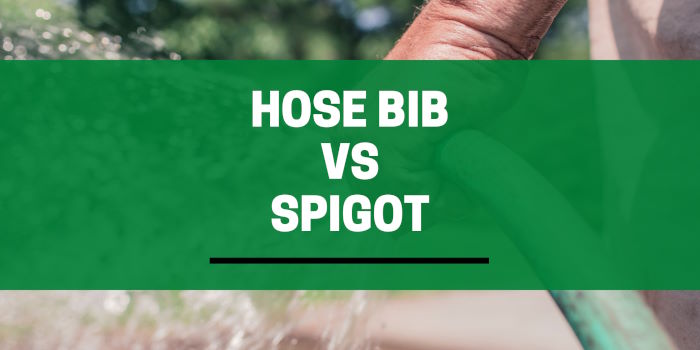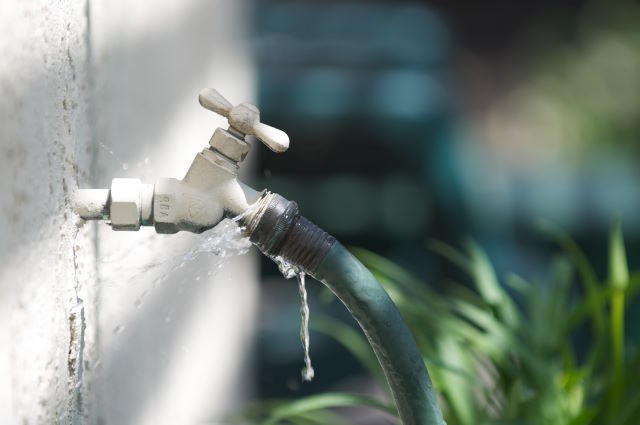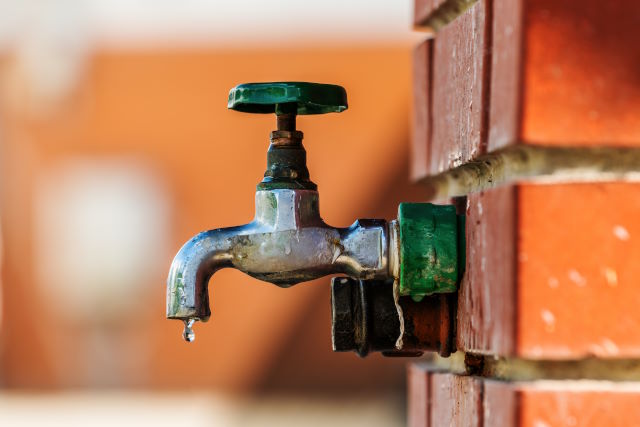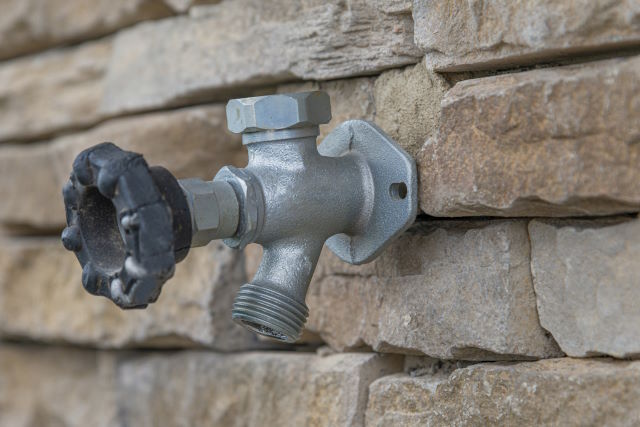
The terms spigot and hose bib are often used interchangeably in the realm of outdoor plumbing.
In essence, they both serve the same fundamental purpose: to control the flow of water from a water source, such as a water pipe, to an outdoor hose.
They are types of faucets that connect to the water supply, allowing you to water plants, fill up swimming pools, and carry out various other activities that require outdoor water access.
Their naming may be also used interchangeably with a faucet, bib, bibcock, or tap.
So what is the difference between a hose bib and a spigot? Not much. In this article, I will explain more.
Contents
What Are the Main Differences between a Hose Bib and a Spigot?
A hose bib is a compact, yet vital outdoor plumbing feature attached to the exterior of your home. It forms a crucial juncture, a portal if you will, that enables easy access to water for your lawn, street, and other surrounding areas.

As the name subtly intimates, it’s this small yet efficient tap that connects seamlessly to your hose pipe, acting as a convenient conduit for water supply outdoors.
The hose bib, though humble in appearance, is known by a plethora of names that vary depending on whom you converse with.
It may be referred to as an outdoor water faucet or a spigot; regardless of the terminology used, all these titles lead us back to the same crucial device. It’s a reliable fixture, stoically present on the outside of your home, ever ready to provide a steady stream of water whenever required.
Hose Bibs vs. Spigots: Naming & Aliases
The term “hose bib” is primarily used in North America, referring to the type of valve used on these outdoor faucets, often ball valves.

However, “spigot” is a more generic term, referring to any faucet or tap that controls the water flow from a water source to a garden hose or other outputs.
Hose Bibs vs. Spigots: Uses
Both hose bibs and spigots are utilized for similar purposes such as watering gardens, washing cars, filling pools, and connecting to automatic sprinklers.
However, specific types of hose bibs like frost-free hose bibs or wall hydrants may offer additional features, such as built-in backflow prevention devices to prevent the backflow of water.
A hose bib should have threads allowing a hose to be easily attached. But an outdoor spigot can have this feature too.
Hose Bibs vs. Spigots: Environments
Hose bibs are typically found on the exterior walls of homes and other buildings. They are exposed to the outdoor environment, making them more susceptible to changing weather conditions.
Spigots are the same but it’s also possible to find them protected within cabinets or recessed areas, providing them some protection from the elements.

A sillcock is also often mentioned interchangeably with a hose bib or spigot. The one key difference between these is that a sillock includes a pipe to feed water directly through the wall.
Hose Bibs vs. Spigots: Standard Size
Standard hose bibs and spigots usually have a similar size of around 3/4″, fitting most standard garden hose sizes. They usually have a male thread (MHT) with an external thread diameter of 1 1/16″ and a standard garden hose thread pitch of 11.5 threads or 11.5 NH (National Hose).
However, the size can vary depending on the desired water flow rate and the water supply pipe’s size.
A hose bib is sometimes thought of as just the threaded part of the spigot, but this is not the case. It is the entire outdoor faucet.
Hose Bibs vs. Spigots: Freezing In Winter
In cold climates with bad winters, the water inside an outdoor spigot can freeze, leading to frozen pipes and potential damage.
To prevent this, frost-free hose bibs or wall hydrants are used, which have a shut-off valve located inside the warmer interior of the building. This way it can be drained, preventing frozen water.
Hose Bibs vs. Spigots: Building Codes
In some areas, building codes may require certain types of hose bibs or spigots. For instance, codes may mandate backflow prevention devices to prevent any contaminated water from flowing back into the drinking water supply.
Hose Bibs vs. Spigots: Installation Cost
Installation costs can vary widely depending on the type of faucet, the complexity of installation, and local rates. On average, the cost for a basic installation of a standard hose bib or spigot is around $150-$500.
Hose Bib vs. Spigot: Locations
While spigots can be found in a variety of locations, hose bibs are most commonly found on the exterior walls of residential buildings where a hose may be needed.
This provides easy access to the water supply for outdoor tasks such as gardening or cleaning.
Hose Bib vs. Spigot: Comparison Table
| Hose Bib | Spigot | |
| Naming | Yard hydrant, bibcock, bib, sillcock | Faucet, tap, hose bib |
| Main Use | Attaching a garden hose | Supply water outside the residence |
| Normal | Gardening, cleaning | Miscellaneous water supply tasks |
| Can They Freeze? | Yes, but can have anti-frost properties | Yes |
| Building Codes | International Residential Code (IRC-R306.5) once required a building to have 2 outdoor hose bibs. One on the front and one on the back. But this has now been removed. | International Residential Code (IRC-R306.5) once required a building to have 2 outdoor spigots. One on the front and one on the back. This has since been removed. |
Benefits of Using a Hose Bib Over a Spigot
A hose bib’s main benefit over a spigot is that it is designed for a hose, so it should include hose threads without the need for an adapter.
Hose bibs can also offer several potential advantages, including threads to attach a hose and frost-free features to prevent freezing in harsh winters and make winter maintenance easier
They often have shut-off valves that allow for better control of water output.
The Advantages of Using a Spigot Over a Hose Bib
Spigots, on the other hand, can have their own benefits. They don’t necessarily need to have hose threads built-in making them more versatile in some situations.
The Final Verdict
So a hose bib or spigot can be exactly the same, depending on where you obtain one. The main differences are the inclusion of hose threads on a hose bib and some additional features for chilly weather.
